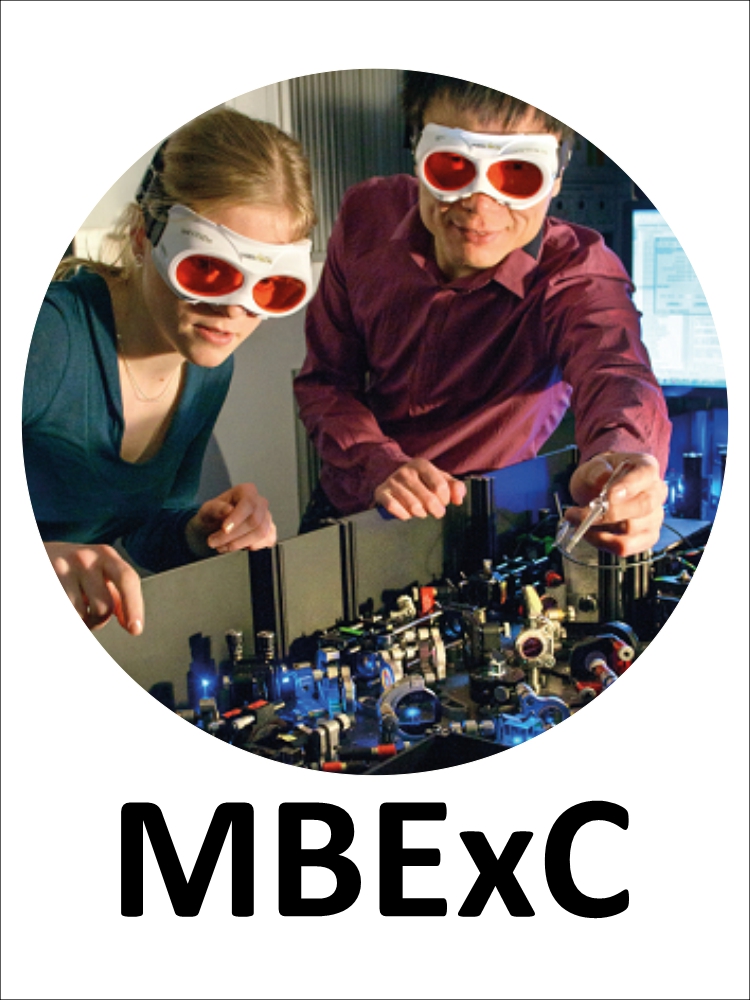Disorders of the heart and the brain are leading causes of disability and death. The electrically excitable cells of these widely distinct organs, cardiomyocytes and neurons, have surprisingly many physiological properties in common. They both rely on nanoscale functional units, such as the Ca2+ channel clusters that generate local Ca2+ signals, to produce their physiological outputs as part of electrically active networks. Importantly, many disease mechanisms that disrupt both cardiac and neural network function are rooted in such nanoscale functional units. Despite these similarities, research usually focuses on a single system, heart or brain, and on a single observation scale, such as molecules or cells or organs.The goal of the cluster of excellence "Multiscale Bioimaging: From Molecular Machines to Networks of Excitable Cells (MBExC)" is to decipher disease-relevant nanoscale functional units in cardiac and neural excitable cells. Both in the heart and in the brain, this goal can only be attained by a multiscale approach that integrates research on nanoscale units with analyses of excitable cell networks. MBExC will provide insights that could not be achieved by studying each physiological system separately. Breakthroughs in optical nanoscopy, X-ray imaging, and electron tomography make it possible to close the gaps in our approach, e.g. between the molecular and cellular scales.In line with the role of the Göttingen Campus in pioneering such approaches, MBExC will develop and apply innovative technologies to study nanoscale functional units that mediate i) gene expression and its regulation, ii) protein assembly and targeting and iii) Ca2+ signalling and Ca2+-triggered membrane fusion in both cardiomyocytes and neurons. MBExC will provide unique insights into both cardiac and neural networks and will develop innovative therapeutic strategies for disorders affecting the heart, the brain, or both.To strengthen this research programme, MBExC will recruit additional outstanding scientists in the fields of Biophysics, Integrative Structural Biology, Structural Cell Biology, and Molecular Physiology of Excitable Networks, while taking equal opportunities into account. Furthermore, MBExC will offer seamless career development opportunities to excellent early career researchers in the natural and medical sciences. The new Hertha Sponer College will provide interdisciplinary research training to scientists who aim to combine basic science and biomedicine. We will recruit Junior Fellows and Junior Research Group leaders in all research areas of MBExC. Finally, we will reach out to the public and promote technology transfer via a strategic partnership with the Fraunhofer Gesellschaft, spin-offs, and industrial collaborations.In summary, MBExC will fundamentally advance our understanding of cardiac and neural nanophysiology, provide research training and career opportunities, transfer knowledge and translate insights into novel therapies.
Homepage of the project

